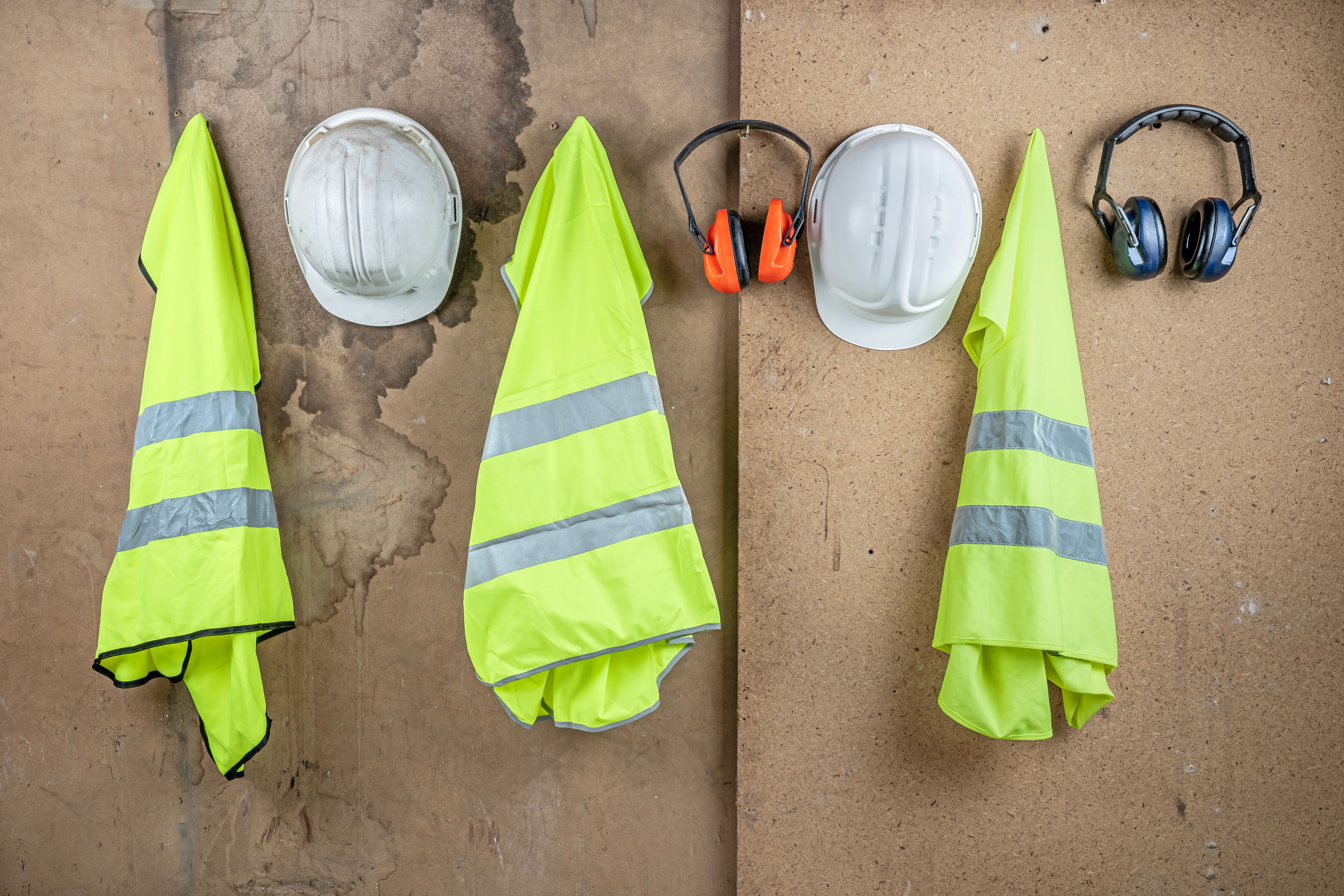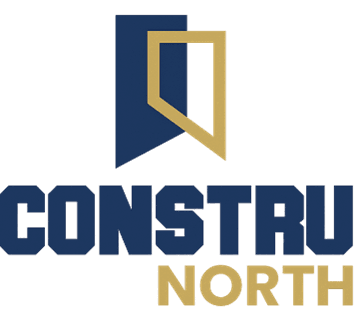Ensuring OSHA Compliance in Construction
Understanding OSHA Compliance
Ensuring compliance with the Occupational Safety and Health Administration (OSHA) regulations is crucial for construction companies. OSHA standards are designed to prevent workplace injuries and fatalities by setting guidelines for safe and healthful working conditions. By adhering to these regulations, construction companies can protect their workers and avoid costly fines.
Compliance starts with understanding the specific OSHA standards that apply to your construction site. These can include rules on fall protection, trenching and excavation, scaffolding, and more. It’s essential for construction managers and safety officers to familiarize themselves with these regulations and ensure that all team members are trained accordingly.
Training and Education
Training is a key component of OSHA compliance. All workers should receive comprehensive training on the potential hazards they may encounter on the construction site. This training should cover the use of personal protective equipment (PPE), emergency procedures, and the proper handling of tools and machinery.
Moreover, regular safety meetings and refresher courses can help reinforce these safety practices. By promoting a culture of safety, construction companies can reduce the risk of accidents and improve compliance with OSHA standards.

Implementing Safety Programs
Developing and implementing a safety program is another critical step toward ensuring OSHA compliance. A well-structured safety program outlines the procedures and responsibilities for maintaining a safe working environment. It should include:
- Regular site inspections to identify and mitigate hazards.
- Clear communication channels for reporting unsafe conditions.
- Emergency action plans for different types of incidents.
By consistently monitoring and updating these programs, companies can adapt to new regulations and continuously improve their safety protocols.
Recordkeeping and Reporting
OSHA requires construction companies to maintain accurate records of work-related injuries and illnesses. This not only ensures compliance but also helps identify patterns or recurring hazards that need to be addressed. Companies should keep detailed records, including:
- Incident reports.
- Inspection logs.
- Training records.

Timely reporting of serious incidents to OSHA is also mandatory. Companies should familiarize themselves with the reporting requirements to avoid penalties and ensure a swift response to any incidents.
Investing in Safety Equipment
Investing in high-quality safety equipment is essential for protecting workers and meeting OSHA standards. This includes PPE like helmets, gloves, harnesses, and eye protection. Regular maintenance and replacement of equipment ensure that it remains effective in preventing injuries.
A proactive approach to equipment management can significantly reduce the likelihood of accidents and demonstrate a company’s commitment to safety and compliance.

Continuous Improvement
OSHA compliance is not a one-time effort but an ongoing process. Construction companies should regularly review and update their safety practices in response to new regulations, technological advancements, and lessons learned from past incidents. Engaging with workers to gather feedback and suggestions can also lead to valuable insights for improving safety measures.
By fostering a proactive safety culture, construction companies can not only comply with OSHA regulations but also create a safer, more productive work environment for everyone involved.
